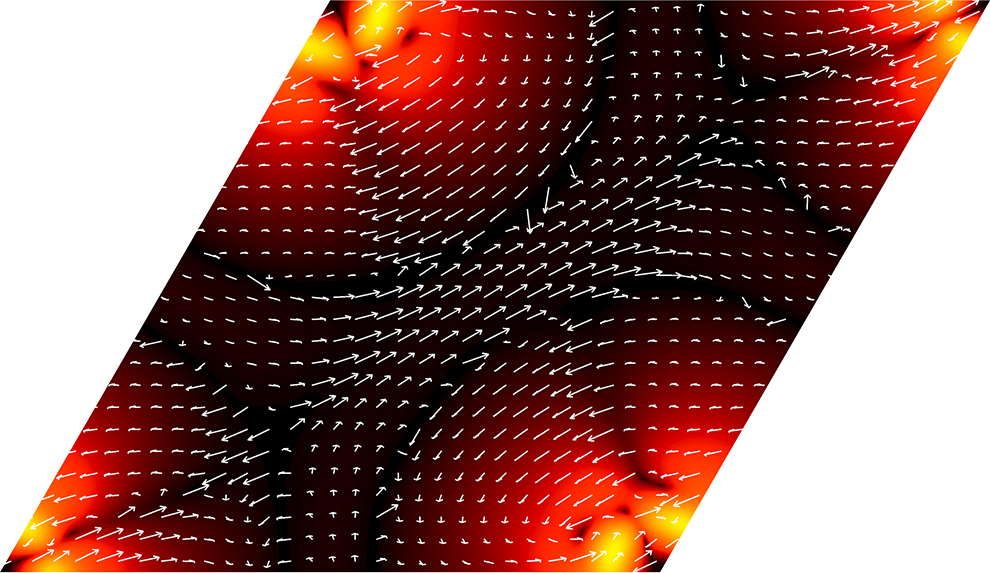EPJ B Highlight - Precise electron spin control yields faster memory storage
- Details
- Published on 05 October 2018

New ultra-fast laser method aims to improve control over the electron’s degree of freedom, called spins, could enhance memory storage devices
Data storage devices are not improving as fast as scientists would like. Faster and more compact memory storage devices will become a reality when physicists gain precise control of the spins of electrons. They typically rely on ultra-short lasers to control spins. However, improvement of storage devices via spin control requires first to develop ways of controlling the forces acting on these electronic spins. In a recent study published in EPJ B, John Kay Dewhurst and colleagues, have developed a new theory to predict the complex dynamics of spin procession once a material is subjected to ultra-short laser pulses. The advantage of this approach, which takes into account the effect of internal spin rotation forces, is that it is predictive.
In this study, the authors study the effect of firing an ultra-short laser pulse - below 100 femtoseconds - on the internal electron spin rotation in bulk cobalt, nickel and combinations of these metals with platinum. These metals are typically used in spintronics devices - electronic devices which exploit the extra degree of freedom of electron spins. Unlike previous studies where the magnetic moment was forced to be aligned with the internal fields that generate it, in this study the authors use a fully non-aligned approach to create a theoretical description. As a result, spin rotation’s contributions to the spin dynamics are taken into account. This makes the method applicable to a far broader set of magnetic materials than previous methods.
The authors find that internal spin rotation forces only contribute significantly to spin dynamics when the variation in different directions of the magnetic energy - or magnetic anisotropy energy - is small. This is the case with materials which are highly symmetric such as bulk metals with a cubic structure. When such magnetic anisotropy energy is large, the spin rotation effect is too small to cause any significant precession of spins below 100 femtoseconds. Further, the spin-dynamics caused by the internal spin-rotation is slow compared to other spin phenomenon, such as the inter site spin transfer between electrons and the spin-flips, mediated by spin-orbit.
J. K. Dewhurst, A. Sanna, S. Sharma (2018), Effect of exchange-correlation spin-torque on spin dynamics, European Physical Journal B 91:218, DOI: 10.1140/epjb/e2018-90146-1





